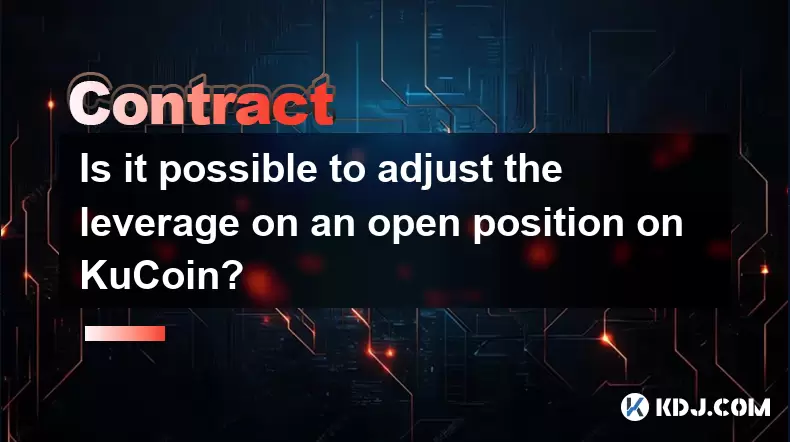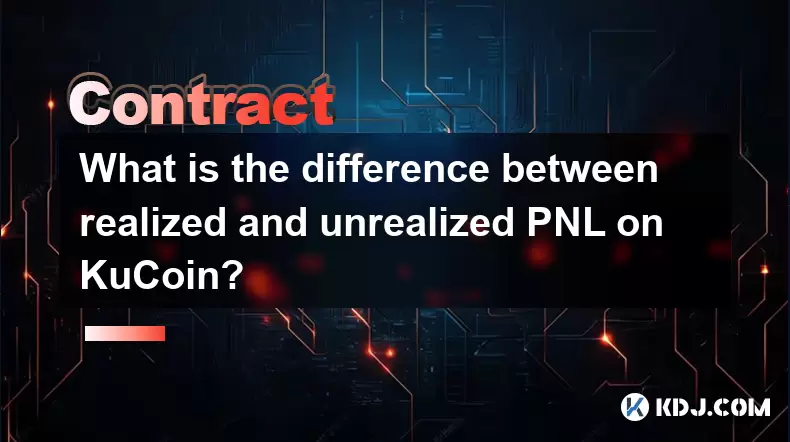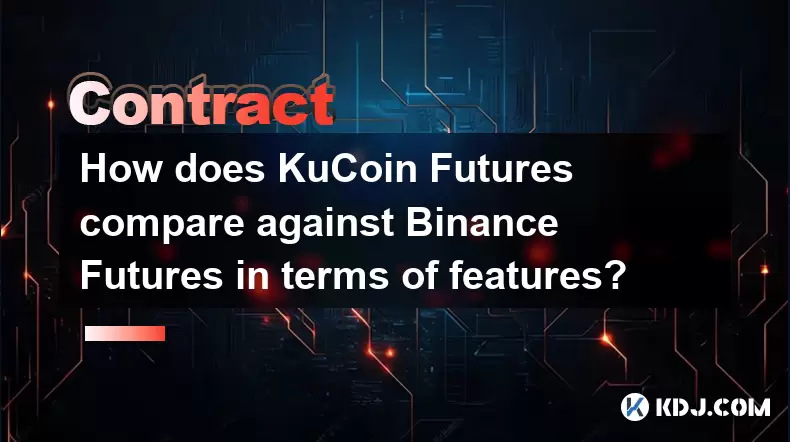-
 Bitcoin
Bitcoin $117600
0.25% -
 Ethereum
Ethereum $4424
0.10% -
 XRP
XRP $3.101
0.50% -
 Tether USDt
Tether USDt $1.001
-0.01% -
 BNB
BNB $836.2
1.26% -
 Solana
Solana $188.8
2.11% -
 USDC
USDC $1.000
0.01% -
 Dogecoin
Dogecoin $0.2301
0.57% -
 TRON
TRON $0.3485
-1.00% -
 Cardano
Cardano $0.9209
-1.34% -
 Hyperliquid
Hyperliquid $46.72
-1.19% -
 Chainlink
Chainlink $22.62
4.84% -
 Stellar
Stellar $0.4275
-0.38% -
 Sui
Sui $3.761
1.91% -
 Bitcoin Cash
Bitcoin Cash $586.7
-0.25% -
 Ethena USDe
Ethena USDe $1.001
0.01% -
 Hedera
Hedera $0.2510
2.06% -
 Avalanche
Avalanche $24.21
2.22% -
 Litecoin
Litecoin $119.7
1.07% -
 Toncoin
Toncoin $3.450
1.06% -
 UNUS SED LEO
UNUS SED LEO $9.411
-0.93% -
 Shiba Inu
Shiba Inu $0.00001298
1.20% -
 Uniswap
Uniswap $10.98
3.25% -
 Polkadot
Polkadot $3.961
2.16% -
 Dai
Dai $1.000
0.00% -
 Bitget Token
Bitget Token $4.642
0.95% -
 Cronos
Cronos $0.1514
0.57% -
 Ethena
Ethena $0.7290
3.78% -
 Monero
Monero $254.1
7.69% -
 Pepe
Pepe $0.00001102
2.47%
Crypto.com contract gameplay
By utilizing leverage, short selling, and hedging offered in Crypto.com's contract trading platform, traders can speculate on price movements of cryptocurrencies without actually holding them.
Nov 24, 2024 at 12:50 pm

Crypto.com Contract Gameplay: An In-Depth Guide
Crypto.com is one of the most popular cryptocurrency exchanges, and it offers a wide range of trading options, including contract trading. Contract trading is a type of derivative trading that allows traders to speculate on the price of an underlying asset without actually owning it.
Crypto.com contract trading is a great way to gain exposure to the cryptocurrency market without having to purchase any cryptocurrency. It also offers a number of advantages, such as:
- Leverage: Contract trading allows traders to use leverage, which means they can trade with more money than they actually have in their account. This can amplify both profits and losses, so it is important to use leverage wisely.
- Short selling: Contract trading allows traders to short sell an asset, which means they can profit from a decline in its price. Short selling can be a risky strategy, but it can be a profitable one if executed correctly.
- Hedging: Contract trading can be used to hedge against risk. For example, a trader who owns a cryptocurrency can use a contract to bet against its price in order to protect their investment from losses.
If you are interested in learning more about Crypto.com contract trading, this guide will provide you with everything you need to know.
Step 1: Create a Crypto.com Account
The first step is to create a Crypto.com account. You can do this by visiting the Crypto.com website and clicking on the "Sign Up" button. You will then need to provide your email address and create a password. Once you have created an account, you will need to verify your identity. You can do this by providing a government-issued ID and a proof of address.
Step 2: Fund Your Account
Once you have verified your identity, you will need to fund your account. You can do this by depositing cryptocurrency or fiat currency. Crypto.com accepts a variety of cryptocurrencies, including Bitcoin, Ethereum, Litecoin, and Ripple. You can also deposit fiat currency using a credit card or debit card.
Step 3: Choose a Contract
Once you have funded your account, you need to choose a contract to trade. Crypto.com offers a variety of contracts, including futures contracts, perpetual contracts, and options contracts. Futures contracts are the most basic type of contract, and they allow you to bet on the future price of an asset. Perpetual contracts are similar to futures contracts, but they do not have an expiration date. Options contracts give you the right, but not the obligation, to buy or sell an asset at a specific price on or before a specific date.
Step 4: Place an Order
Once you have chosen a contract, you need to place an order. You can do this by clicking on the "Trade" button and selecting the order type you want to place. There are two main types of orders: market orders and limit orders. Market orders are executed immediately at the current market price, while limit orders are executed only when the price reaches a specified level.
Step 5: Manage Your Risk
Contract trading can be a risky activity, so it is important to manage your risk carefully. There are a number of ways to do this, including:
- Using stop-loss orders: A stop-loss order is an order that is placed below the current market price (if you are long) or above the current market price (if you are short) that will automatically sell your contract if the price falls below a certain level. This can help you to limit your losses if the market moves against you.
- Using take-profit orders: A take-profit order is an order that is placed above the current market price (if you are long) or below the current market price (if you are short) that will automatically sell your contract when the price reaches a specified level. This can help you to lock in your profits if the market moves in your favor.
- Using hedging strategies: Hedging is a strategy that involves using multiple contracts to reduce risk. For example, you could purchase a perpetual contract and a futures contract on the same asset in order to protect yourself from both upside and downside price movements.
Step 6: Withdraw Your Profits
If you are successful in trading contracts, you will be able to withdraw your profits. You can do this by withdrawing cryptocurrency or fiat currency to your external wallet or bank account.
Disclaimer:info@kdj.com
The information provided is not trading advice. kdj.com does not assume any responsibility for any investments made based on the information provided in this article. Cryptocurrencies are highly volatile and it is highly recommended that you invest with caution after thorough research!
If you believe that the content used on this website infringes your copyright, please contact us immediately (info@kdj.com) and we will delete it promptly.
- Kazakhstan's Crypto Leap: Bitcoin ETF and Central Asia's Digital Finance Future
- 2025-08-13 12:45:19
- BlockDAG Presale Blazes Past $371M: Fundraising Frenzy Fuels Crypto Sensation
- 2025-08-13 13:05:21
- Meme Coins: Chasing the 2025 Surge – Which Will Moonshot?
- 2025-08-13 10:25:23
- Bitcoin's Wild Ride: Rally, Pullback, and What's Next
- 2025-08-13 10:25:23
- Bitcoin, Bitmax, and Institutional Demand: A New Era of Crypto Investment
- 2025-08-13 10:45:12
- Solana, ROAM, and Airdrops: What's the Buzz in 2025?
- 2025-08-13 11:35:13
Related knowledge

Is it possible to adjust the leverage on an open position on KuCoin?
Aug 09,2025 at 08:21pm
Understanding Leverage in KuCoin Futures TradingLeverage in KuCoin Futures allows traders to amplify their exposure to price movements by borrowing fu...

What cryptocurrencies are supported as collateral on KuCoin Futures?
Aug 11,2025 at 04:21am
Overview of KuCoin Futures and Collateral MechanismKuCoin Futures is a derivatives trading platform that allows users to trade perpetual and delivery ...

What is the difference between realized and unrealized PNL on KuCoin?
Aug 09,2025 at 01:49am
Understanding Realized and Unrealized PNL on KuCoinWhen trading on KuCoin, especially in futures and perpetual contracts, understanding the distinctio...

What different order types are available to use on KuCoin Futures?
Aug 13,2025 at 11:35am
Understanding Order Types on KuCoin FuturesKuCoin Futures offers a comprehensive range of order types to accommodate different trading strategies and ...

How does KuCoin Futures compare against Binance Futures in terms of features?
Aug 09,2025 at 03:22am
Trading Interface and User ExperienceThe trading interface is a critical component when comparing KuCoin Futures and Binance Futures, as it directly i...

How can I manage risk when applying high leverage on KuCoin?
Aug 13,2025 at 11:35am
Understanding High Leverage and Its Implications on KuCoinHigh leverage in cryptocurrency trading allows users to control larger positions with a rela...

Is it possible to adjust the leverage on an open position on KuCoin?
Aug 09,2025 at 08:21pm
Understanding Leverage in KuCoin Futures TradingLeverage in KuCoin Futures allows traders to amplify their exposure to price movements by borrowing fu...

What cryptocurrencies are supported as collateral on KuCoin Futures?
Aug 11,2025 at 04:21am
Overview of KuCoin Futures and Collateral MechanismKuCoin Futures is a derivatives trading platform that allows users to trade perpetual and delivery ...

What is the difference between realized and unrealized PNL on KuCoin?
Aug 09,2025 at 01:49am
Understanding Realized and Unrealized PNL on KuCoinWhen trading on KuCoin, especially in futures and perpetual contracts, understanding the distinctio...

What different order types are available to use on KuCoin Futures?
Aug 13,2025 at 11:35am
Understanding Order Types on KuCoin FuturesKuCoin Futures offers a comprehensive range of order types to accommodate different trading strategies and ...

How does KuCoin Futures compare against Binance Futures in terms of features?
Aug 09,2025 at 03:22am
Trading Interface and User ExperienceThe trading interface is a critical component when comparing KuCoin Futures and Binance Futures, as it directly i...

How can I manage risk when applying high leverage on KuCoin?
Aug 13,2025 at 11:35am
Understanding High Leverage and Its Implications on KuCoinHigh leverage in cryptocurrency trading allows users to control larger positions with a rela...
See all articles

























































































